The following article was first published in three parts during the Prague Chess Festival on Thorsten Cmiel's chess blog Chess Ecosystem (in German).
Reprinted with kind permission. We have slightly shortened the entire article here with regard to images and divided it into two parts.
A year ago, Divya Deshmukh (19) won the Junior Girls' World Championship. Since then, the Indian player has been pursuing new goals. She aims for the Grandmaster title and thus participated in the Prague Chess Festival instead of the Junior Girls' World Championship, which took place simultaneously in Petrovac.
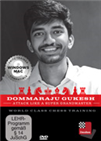 In this Fritztrainer: “Attack like a Super GM” with Gukesh we touch upon all aspects of his play, with special emphasis on how you can become a better attacking player.
In this Fritztrainer: “Attack like a Super GM” with Gukesh we touch upon all aspects of his play, with special emphasis on how you can become a better attacking player.The Indian player has already come close to getting a norm twice. However, things did not go well for her at the Challengers tournament in Wijk aan Zee earlier this year, where she scored only 3½ out of 13 - quite a cold shower. On the other hand, it is in such tournaments that players grow. Now, Divya had another opportunity to prove herself in a mixed field. Challenger tournaments, with their blend of experienced players and rising stars, often turn out to be more interesting than the main tournaments. The same was true in Prague, where younger players benefited from the fact that the tournament consisted of only nine rounds this time. Divya was the only female participant in the field.

The Challengers in Prague | Photo: Mark Livshitz
Round 1: GM Ivan Salgado Lopez (Spain)
In her game against the experienced Grandmaster Ivan Salgado, the Indian player held her own for a long time.
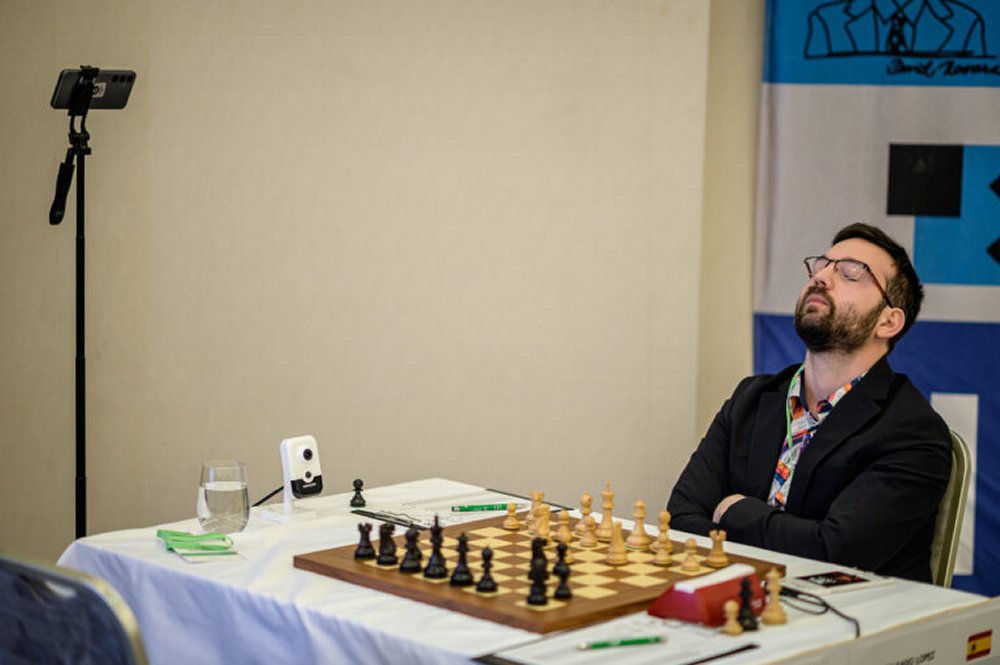
Ivan Salgado | Photo: Petr Vrabec
Later in the endgame, Divya showed some uncertainty in deciding which pieces to exchange. Twice, she avoided exchanging the last pair of rooks, and eventually, it was precisely the quality of the rook positioning that decided the game in favour of the Spaniard. Unfortunate.
 Unlock the secrets of one of the most resilient and strategic openings in chess with our comprehensive video course, “The Caro-Kann Defence.”
Unlock the secrets of one of the most resilient and strategic openings in chess with our comprehensive video course, “The Caro-Kann Defence.”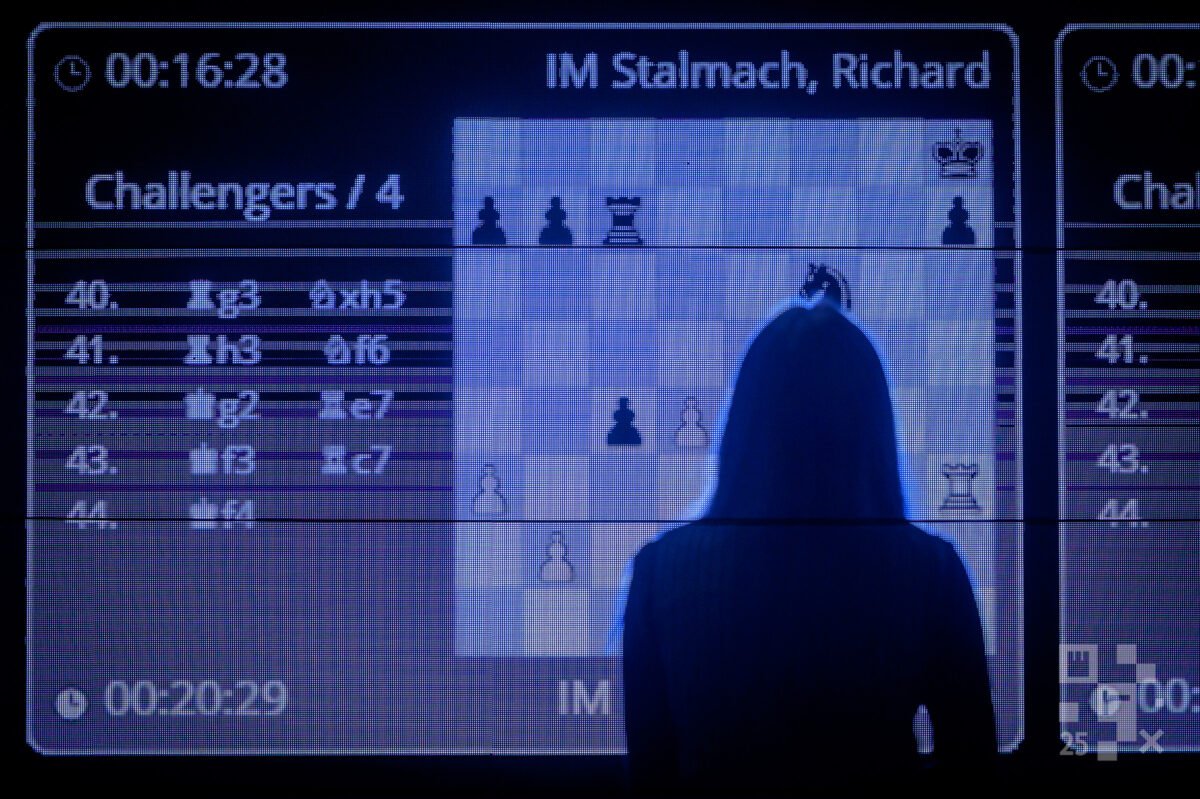
Photo: Petr Vrabec
Round 2: IM Richard Stalmach (Czech Republic)
A strong performance by the Indian player, who, like Vaishali Rameshbabu, is generally known to perform much better with the white pieces than with black. This may also have been due to the opponent. In any case, Divya managed to equalise the score immediately.
The decisive moment came here. Divya had initially attacked relentlessly but then failed to find the knockout move, and her winning position had been reduced to just an advantage for White after three imprecise moves. Now, it was her opponent's turn, and after three seconds, he chose the wrong move.
Round 3: Nodirbek Yakuboev (Uzbekistan)
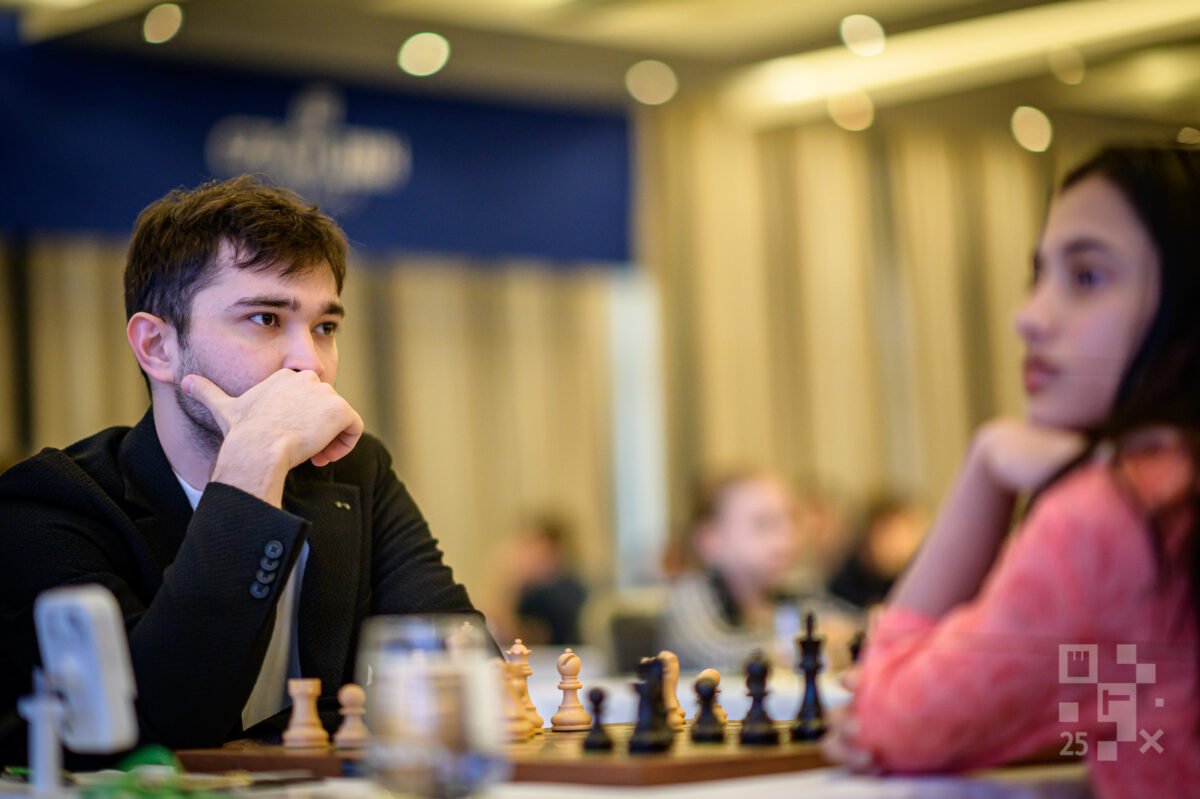
Photo: Petr Vrabec
Back in Wijk, Divya had played against the Uzbek player in the first round and lost. Later, controversy arose in Wijk when the Uzbek player refused to shake hands with female players. This time, he handled the situation more gracefully. Additionally, Divya received an award for the best game of the day from the previous round.
The outcome of this game was decided after just 18 moves. Black could have exchanged knights on e5 and then been forced into a queen exchange on a5. However, a much more exciting option was moving his rook to c7, after which White could have won the exchange (a minor piece for a rook) in exchange for a pawn by playing the knight to g4. Instead, Divya opted to move the rook to e7, leading to permanently weakened pawns on the queenside. She was unable to compensate for this structural disadvantage later in the game.
Round 4: Ma Qun (China)
Very little is known in Europe about the 33-year-old Chinese grandmaster Ma Qun, as he remains in the shadow of China's top players and rarely competes. His peak tournament successes in Europe date back around ten years. Ma became a grandmaster in 2013. The fourth-round game featured the Berlin Defence and was not particularly dramatic. Even the engines offered no criticism. The 34-year-old grandmaster showed respect and did not attempt to push for more in this game. The Indian player had only played one game against this black system according to the newest databases.
Round 5: Marc' Andria Maurizzi (France)
The 2023 Junior World Champion, Marc'Andria Maurizzi (born 2007), competed in the tournament. Maurizzi had won a grandmaster tournament in Djerba shortly before the Prague event, achieving a tournament performance rating of 2898. However, things initially did not go well for the France-representing grandmaster in Prague. By the fifth round, he was playing against Divya with only two points to his name.
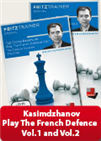 In this two-volume video course former world-champion and startrainer Rustam Kasimdzhanov shows you the ins and outs of this hugely complex opening.
In this two-volume video course former world-champion and startrainer Rustam Kasimdzhanov shows you the ins and outs of this hugely complex opening.The following game is analysed in three parts for a more in-depth examination. A long game is often easier to digest this way. While not an exact division into opening, middlegame and endgame, the breakdown closely aligns with these phases. This analysis technique encourages a more detailed review and can be a useful addition to computer-assisted training.
For this tournament, Divya evidently chose the Tarrasch Defence. One must be prepared to play with an isolated queen's pawn (IQP) in such a setup. This was the case in her first-round game against Ivan Salgado and the third-round game against Nodirbek Yakuboev. In both cases, her losses were not due to the opening choice. Once again, she emerged from the opening phase with an equal position. However, this type of position is by no means easy to play and could represent a fundamental drawback of this approach. A stronger player can typically press and manoeuvre within this structure for a long time.
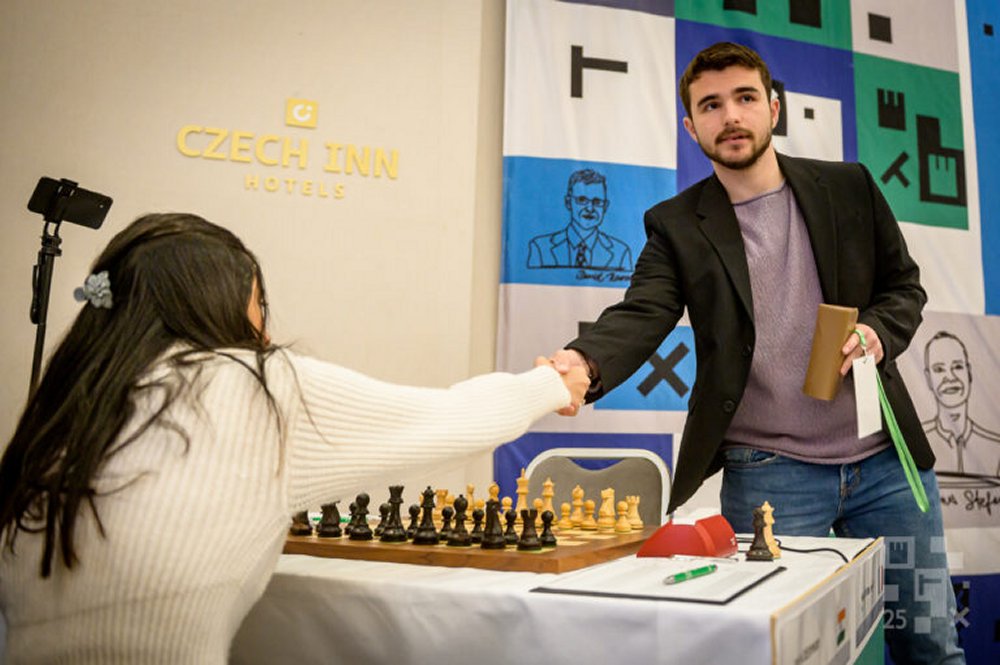
Photo: Petr Vrabec
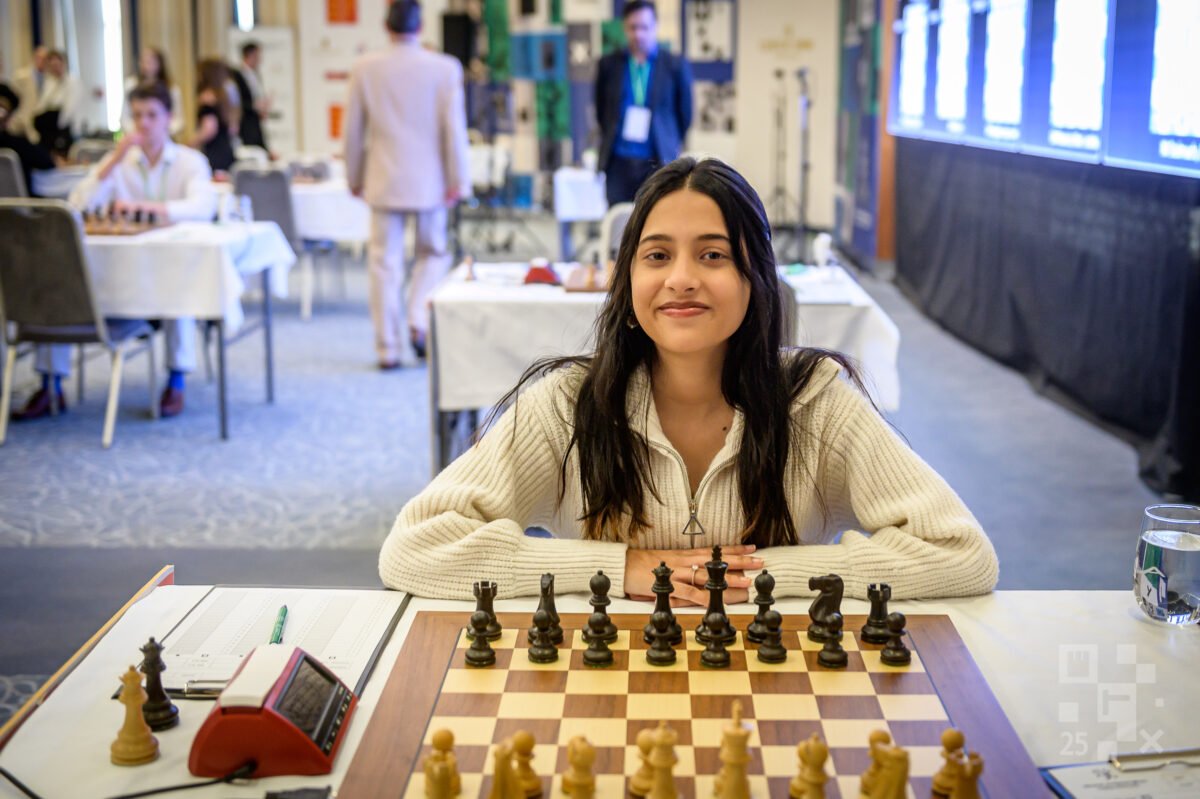
Photo: Petr Vrabec
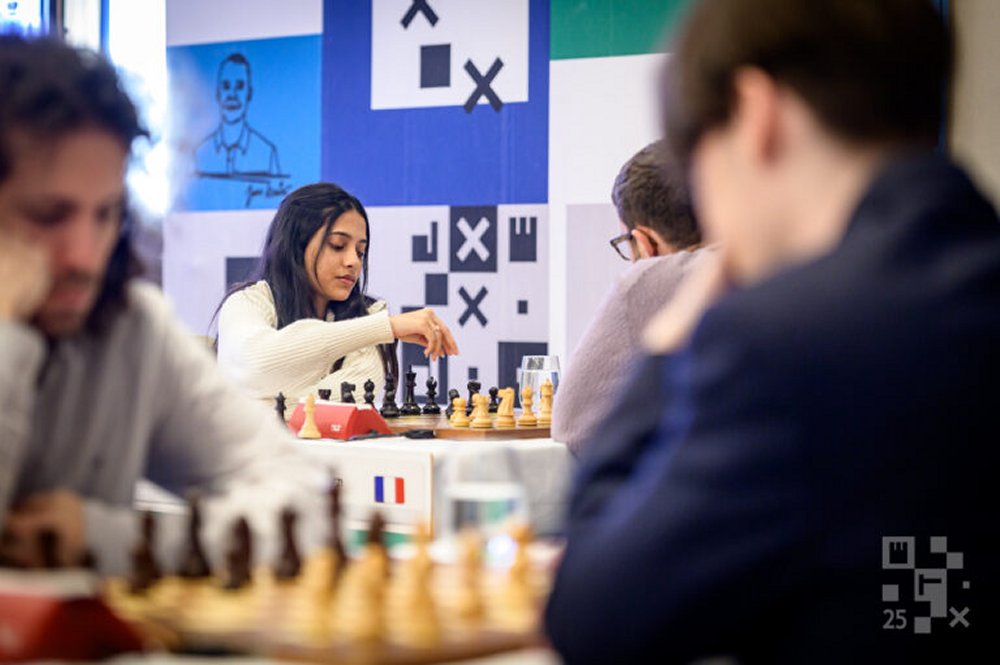
Photo: Petr Vrabec
Part two will follow shortly.
Links






























